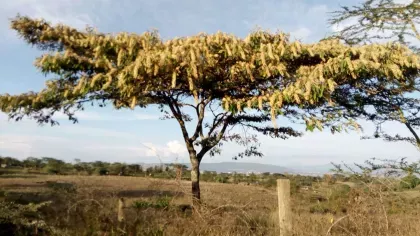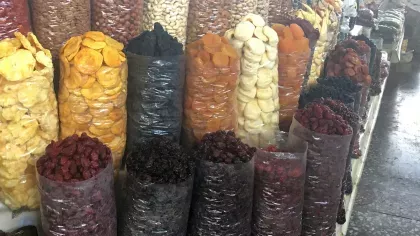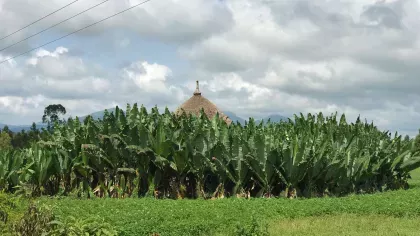4 September 2019
Islands in the desert: Unravelling the secrets of Oman’s endemic plants
A joint conservation expedition turns up an unexpected discovery deep in the country's Central Desert.

When you think of deserts, you don’t often associate them with biodiversity. But did you know that southern Arabia is a global biodiversity hotspot?
Whilst tropical rainforest hotspots might be more familiar, the southern coasts of Oman and Yemen contains a remarkably high proportion of endemic species, and some particularly weird and wonderful desert-adapted plants.
A challenging expedition
In early 2017, a group from the UK, including myself, joined forces with researchers from the Oman Botanic Garden to map the distribution of some particularly poorly known species. Our target area was the vast Central Desert which sweeps across Oman from the Dhofar mountains in the south to the Sharqiya sands and Hajar mountains in the north.
Fieldwork in this area is particularly challenging. There are few roads or towns, so we needed to be largely self-sufficient in food, fuel and, especially, water. Each day we would set off on pre-defined routes deep into the desert, sometimes having to negotiate our way around deep sand or steep wadis (dry river beds).
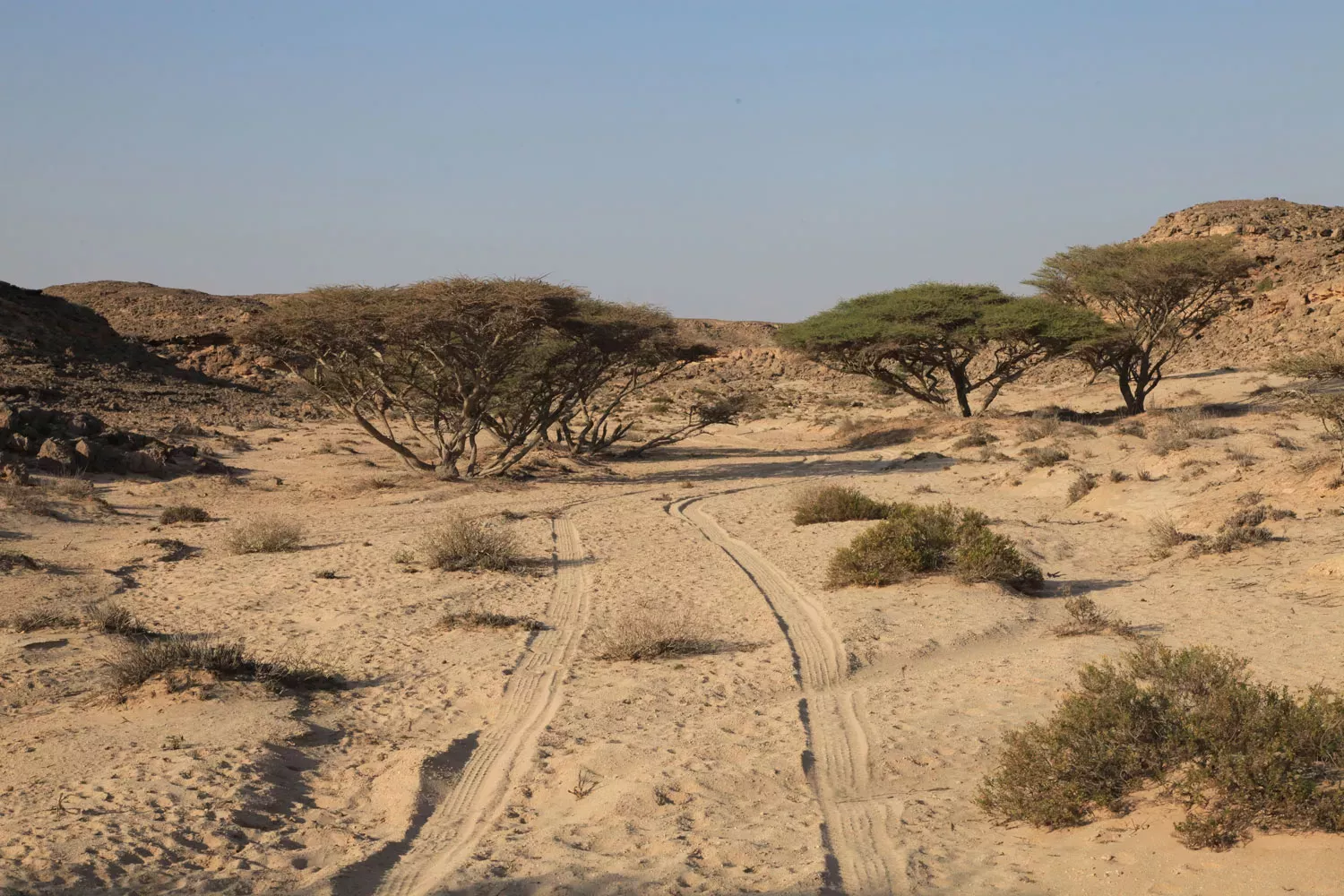
Beneath the stars
At night, our team would cook around an open fire, sharing stories across the flickering flames. After filing data and pressing specimens, we would roll out mats and sleep beneath millions of stars.
On one particular evening, we were camped on the edge of a small village close to the coast. Just as the sun was setting a blacked-out 4x4 pulled up. Two men jumped out, greeted us with the customary 'As-salam alaykum' (peace be upon you) before retrieving a huge box full of fresh fish from the vehicle. They deposited it in front of us and said 'you are most welcome here' before disappearing back off into the night. This is just one example of the endless hospitality that is so typical of Omani culture. It is simply a privilege to have the chance to work in such a remarkable country.
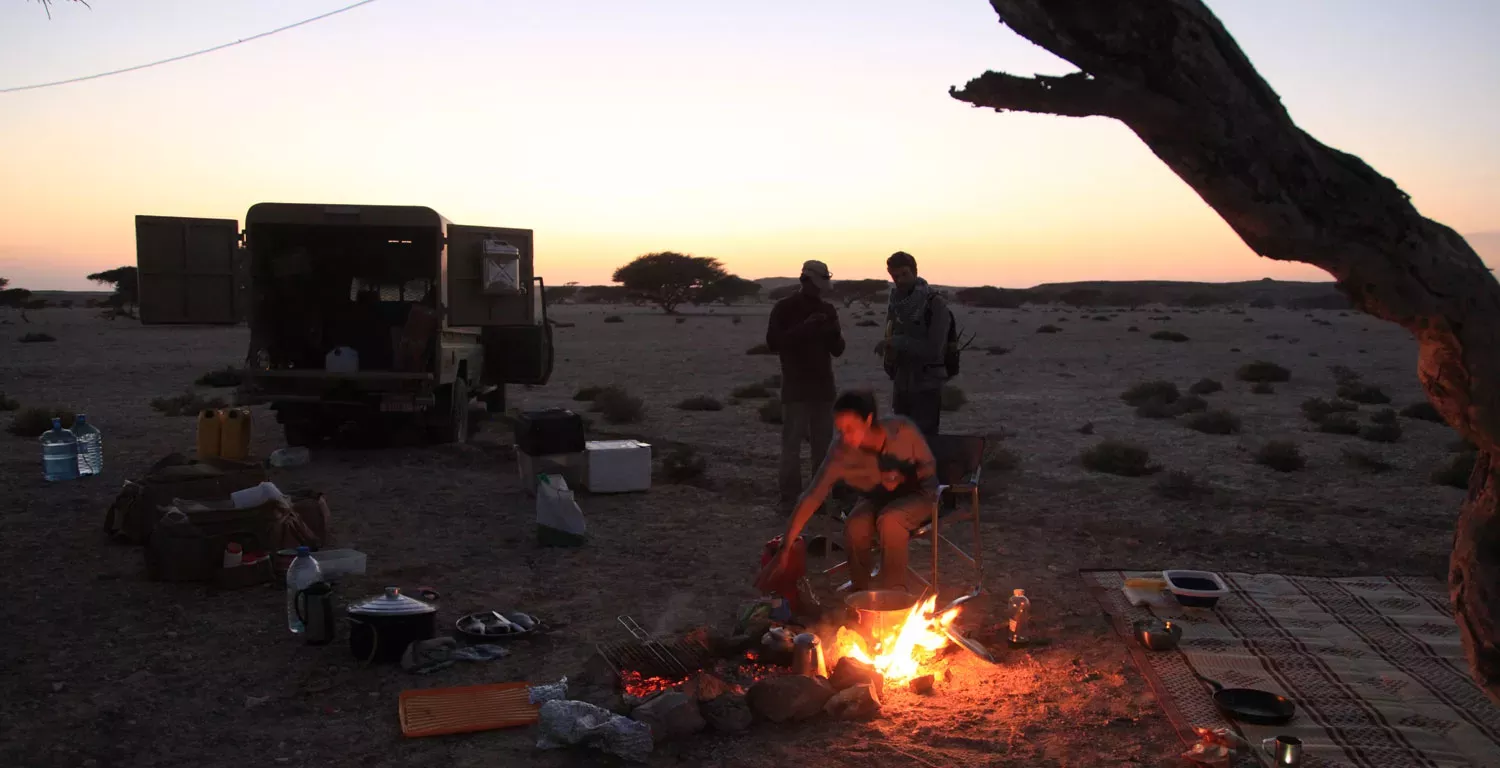
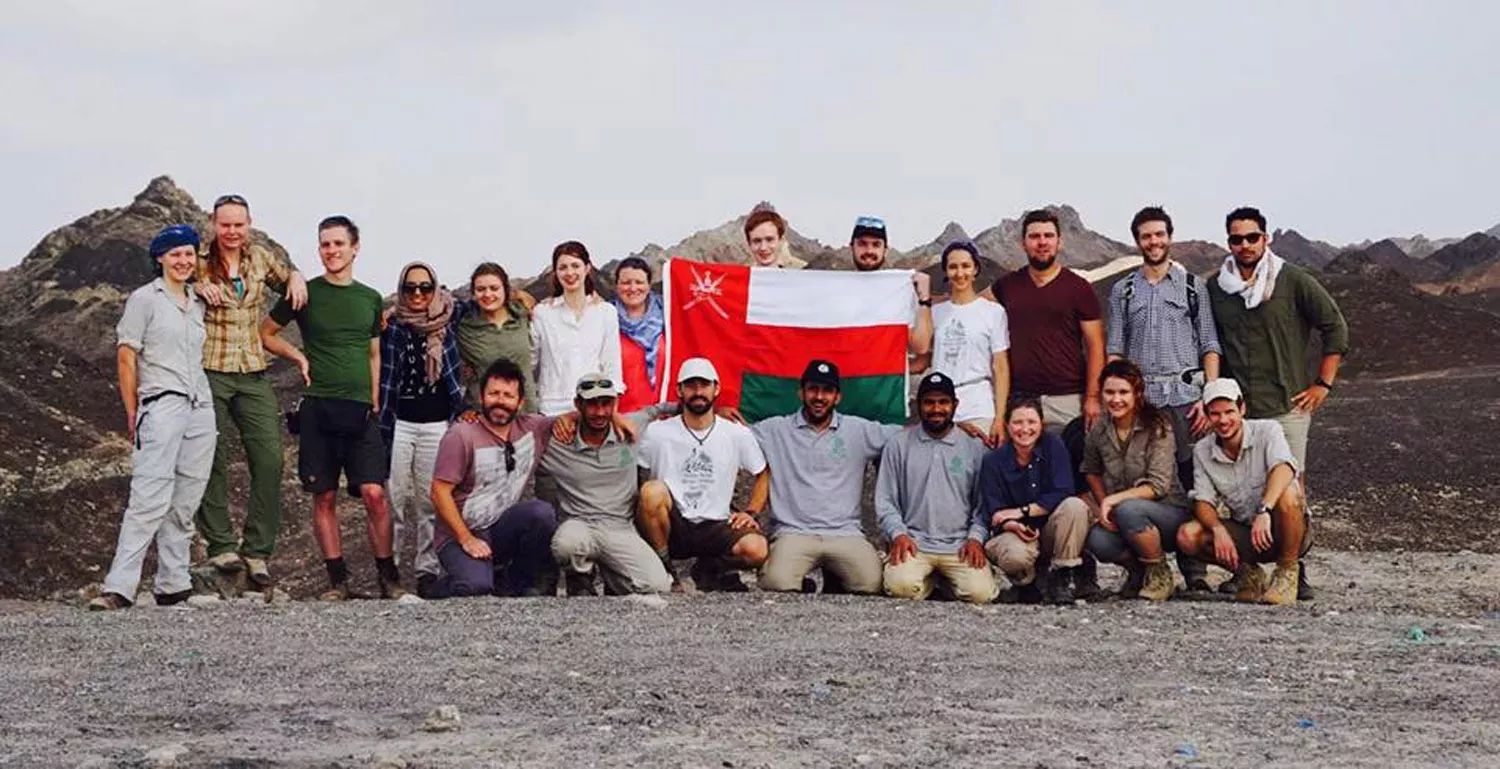
Surprising patterns
The expedition was a wonderful experience and we collected hundreds of new observations of desert-adapted endemic plants. Botanists from the Oman Botanic Garden diligently collected seeds wherever they could find them, in their effort to document and conserve Oman’s flora. Yet it was only when we started to map the data, after the expedition, that surprising patterns began to emerge.
We found one region, called the Jiddat Al Arkad, where all of our study species occurred together. By overlaying climate data we found that this area acts like an island of slightly wetter and cooler conditions, surrounded by less hospitable desert. We think it is likely that as this area became isolated millions of years ago, many of these endemic species evolved here.
These areas that are buffered from climate change are called refugia. Quite a few refugia have been identified in Europe and North America, but we think this might be one of the first in Arabia. Whilst fascinating to understand the history of species evolution, these refugia are also likely to be important to safeguard species under climate change. If plants have been able to cling on here during warmer periods in the past, they may be able to do so again in the future.
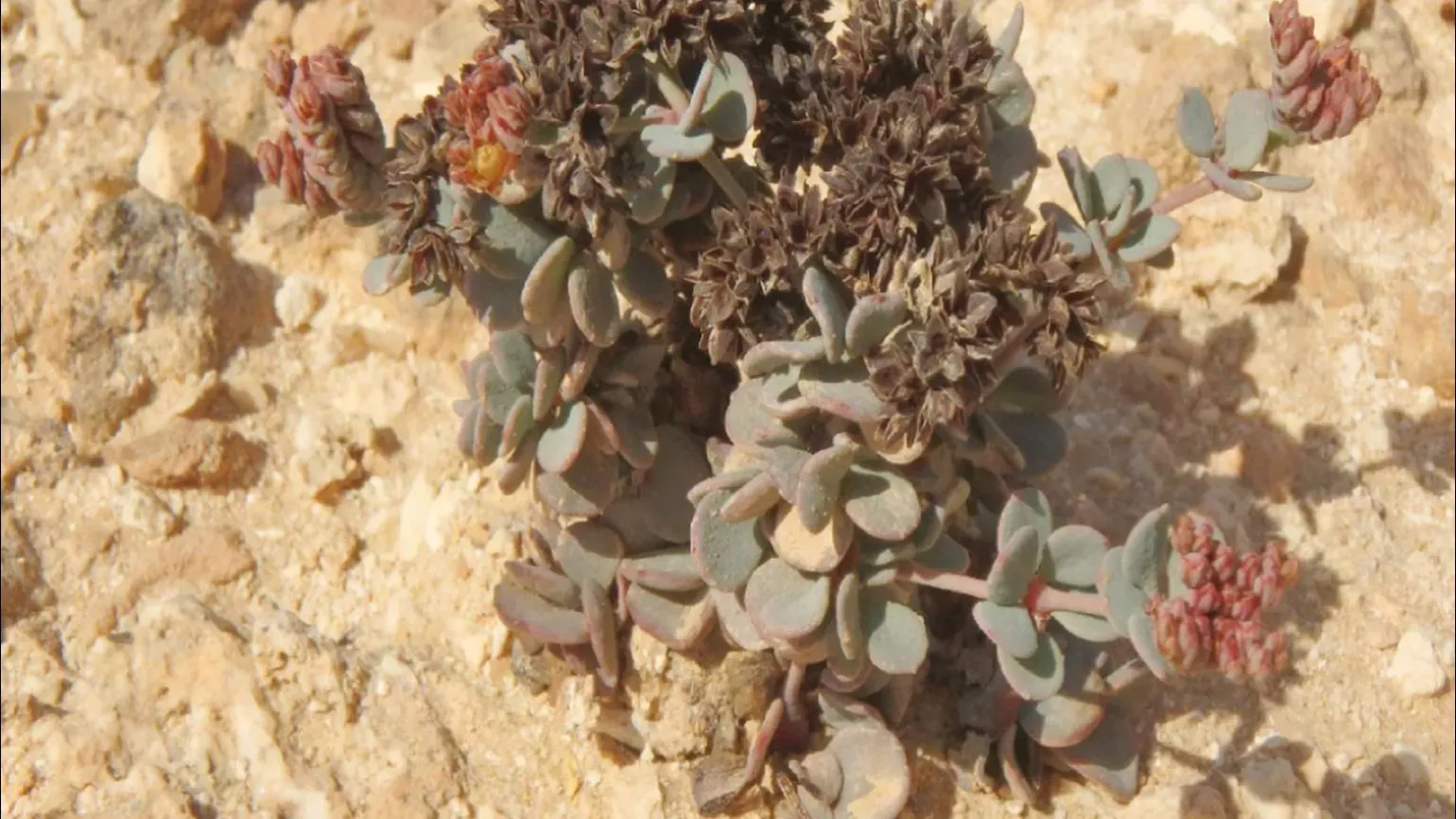
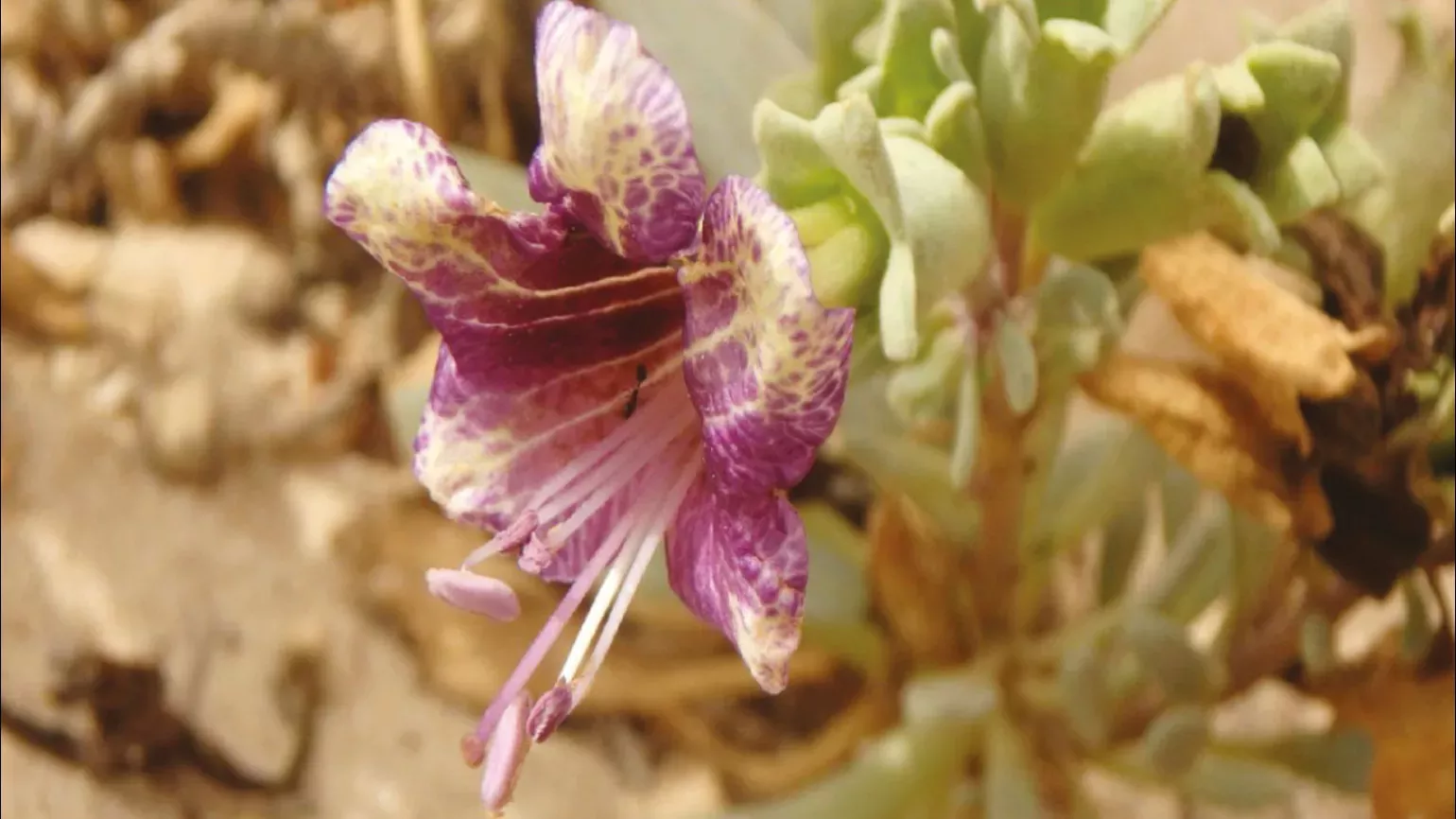
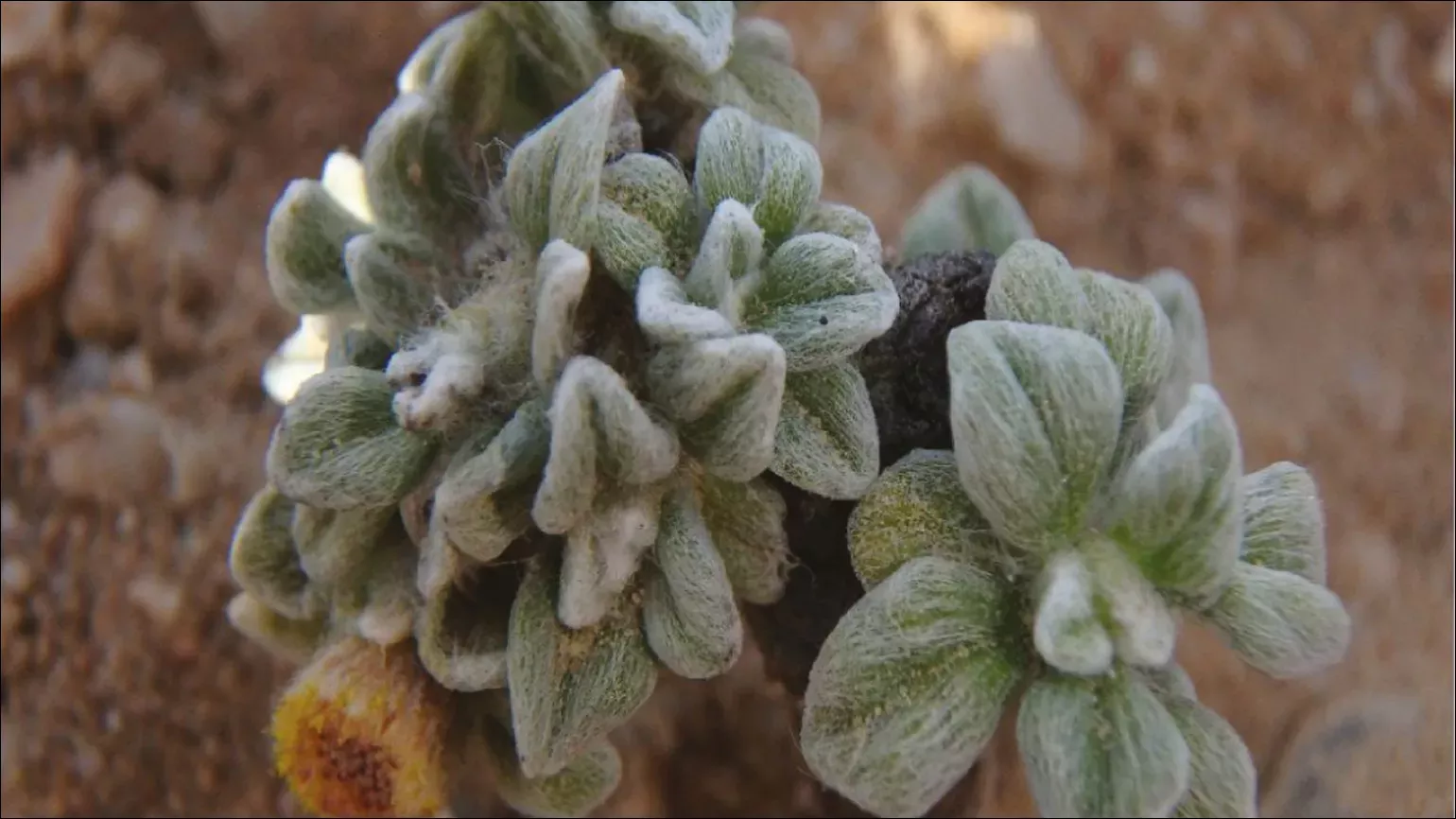
References
Borrell, J..S. et al. (2019).
Islands in the desert: environmental distribution modelling of endemic flora reveals the extent of Pleistocene tropical relict vegetation in southern Arabia
Annals of Botany, mcz085.

